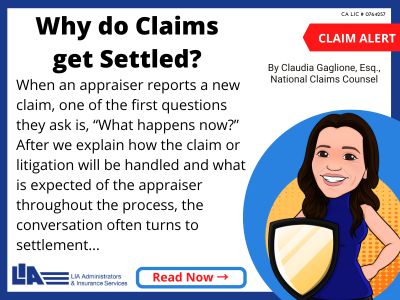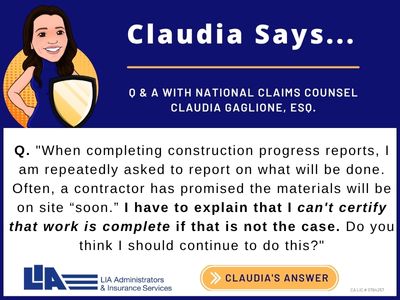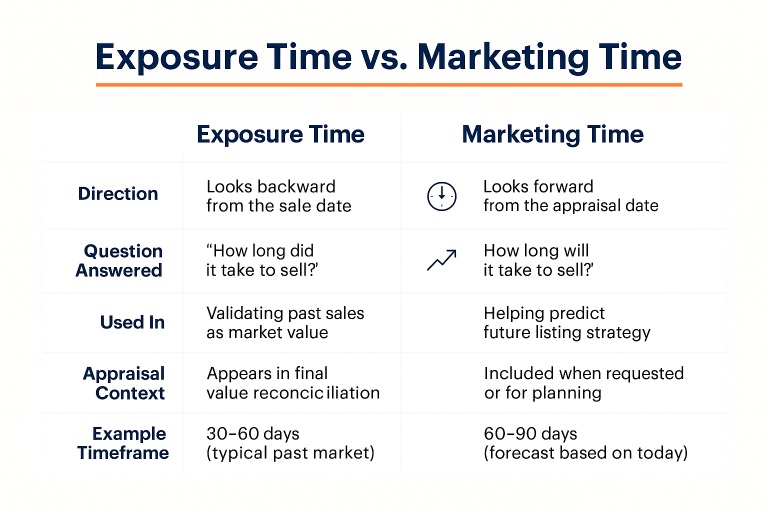Newz: Fannie Mae’s Selling Guide Updates, Appraisers and Certainty in Mortgage Lending
November 14, 2025
What’s in This Newsletter (In Order, Scroll Down)
- LIA: Conflicting Assignments and Professional Ethics
- Beyond Terminology: What Fannie Mae’s Selling Guide Updates Mean for Appraisers
- Genius’ Midcentury Modern Home Designed by Jimi Hendrix’s Studio Architect Lists in Woodstock for $3.5 Million
- App-solutely Clueless: When Sales Tries to School Appraisers
- Trump Defends 50-Year Mortgage Plan as ‘Not a Big Deal’ After Furious Backlash
- The Strategic Advantage of Certainty in Mortgage Lending What it means for appraisals
- MBA: Mortgage applications increased 0.6 percent from one week earlier
—————————————————————
Changes to Fannie Selling Guide dated April 15, 2014
Click here to subscribe to our FREE weekly appraiser email newsletter and get the latest appraisal news
————————————————————
—————————————————————
Beyond Terminology: What Fannie Mae’s Selling Guide Updates Mean for Appraisers
by Scott DiBiasio, Director of Government Affairs, Appraisal Institute
Excerpts: Fannie Mae recently issued important updates to its Selling Guide that may look like technical revisions but have significant implications for appraisers, consumers, and the valuation profession. The most visible changes involve the retirement of the term “appraisal waiver” in favor of “value acceptance” and adjustments to the Reconsideration of Value (ROV) process. Together, these changes reflect the GSEs’ modernization priorities—but also highlight the ongoing tension between efficiency and transparency.
From “Appraisal Waiver” to “Value Acceptance”
Fannie Mae has decided to eliminate the term “appraisal waiver” from the Selling Guide, replacing it entirely with “value acceptance.” Even the parenthetical “(appraisal waiver)” has been removed. The stated goal is to unify industry language and create consistency across the valuation spectrum.
That may sound harmless, but let’s be clear: the average consumer is not going to recognize that “value acceptance” means their lender has waived an appraisal altogether. That lack of clarity undermines transparency at a critical stage of the lending process.
The Appraisal Institute (AI) will absolutely continue to call these products what they are: appraisal waivers. Language matters. Consumers and appraisers alike deserve accuracy, not euphemisms, when it comes to understanding whether an independent appraisal has been performed.
Why This Matters for Appraisers
Taken together, the Selling Guide updates and the expansion of waiver-based models point to several key takeaways:
1. Language shapes perception. If consumers don’t recognize that value acceptance is an appraisal waiver, transparency suffers. That’s why AI will continue to call these products by their true name.
2. Efficiency is not clarity. Simplifying disclosures may ease compliance for lenders, but it risks reducing borrower awareness of their rights.
3. Modernization is accelerating. With waivers, UPDs, and hybrid appraisals expanding, appraisers must adapt their skills to remain at the center of the valuation process.
4. Incursion is real. Regulators, property data collectors, and third-party vendors are positioning themselves between appraisers and their clients. The profession cannot afford to cede ground.
To read more, Click Here
My comments: I had never read about what is discussed in this article. I don’t always read the Fannie Selling Guide Updates. Now I know why it is important.
When I wrote my article on Appraisal Regulatory Chaos in the monthly Appraisal Today newsletter, Scott let me include excerpts from what he has written about it plus sent me new information. This article has a few “promotional” comments about AI and classes, but well worth reading.















